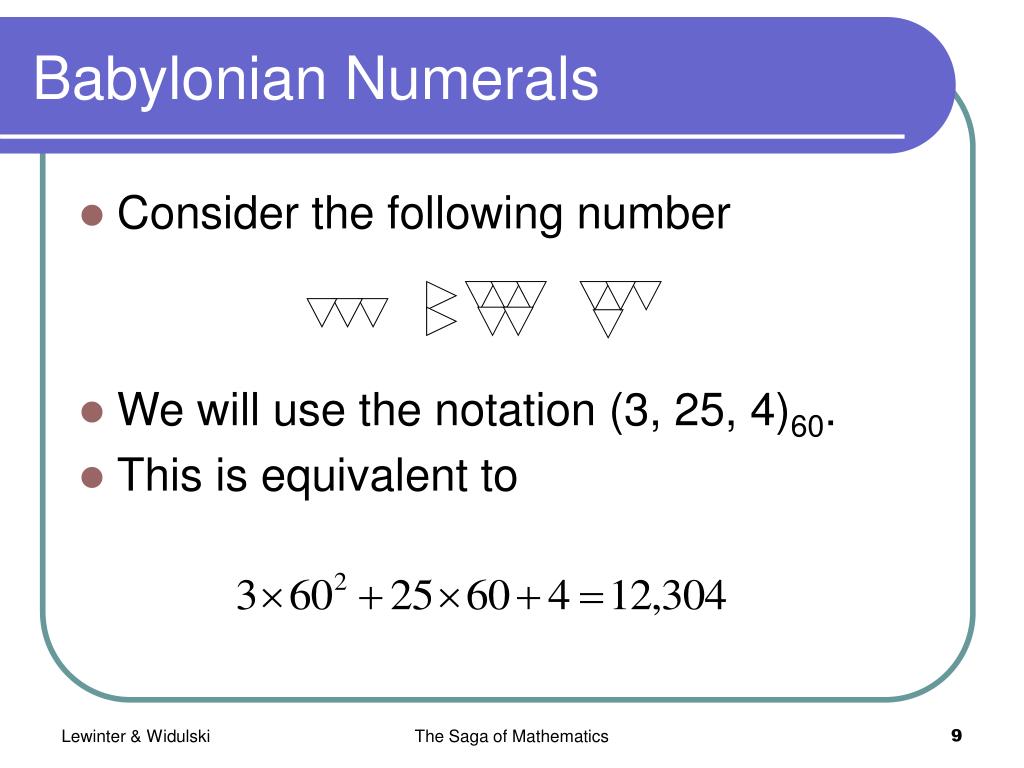

Again, each minute is divided into sixty equal parts (seconds).įinally, seconds can be taken as the unit of measurement. In this case, we are taking minutes as the unit of measurement with seconds being fractions of a minute.

On the other hand, half a minute is thirty seconds. In such a calculation, we are taking hours to be the unit of measurement and minutes are fractions of an hour.Įach hour is divided equally into sixty fractional parts (minutes). Most people know by rote that half an hour is thirty minutes. Perhaps the notation above doesn't seem so unusual if we denote it 1:25:59, representing one hour, twenty-five minutes and fifty-nine seconds. Our system of hours, minutes and seconds is sexagesimal.Įach minute is sixty seconds and each hour is sixty minutes, for a total of three-thousand-six-hundred seconds in an hour. But we actually make regular use of a sexagesimal system in day-to-day life. Thus, 1, 25, 59 represents 1 three-thousand-six-hundred, 25 sixties and 59.Īt first, this may appear unfamiliar. We'll also use a more familiar representation for each of the sexagesimal digits. Rather than work with these cuneiform numerals, we will use the notation that we introduced previously, with each digit separated by a comma. In the page on Numerals we saw that the Babylonians had cuneiform numerals that denoted each of the numbers below sixty. In our page on Counting systems we saw that the Babylonians used a sexagesimal (base sixty) system of counting.


 0 kommentar(er)
0 kommentar(er)
